
GeoGrapher: An open-source Python library for building object-centric machine learning datasets from remote sensing data
Rustam Antia (PhD)
We are experts in extracting insights from remote sensing data based on machine learning models, participate in remote research-related research and regularly give presentation about the topic.

Rustam Antia (PhD)
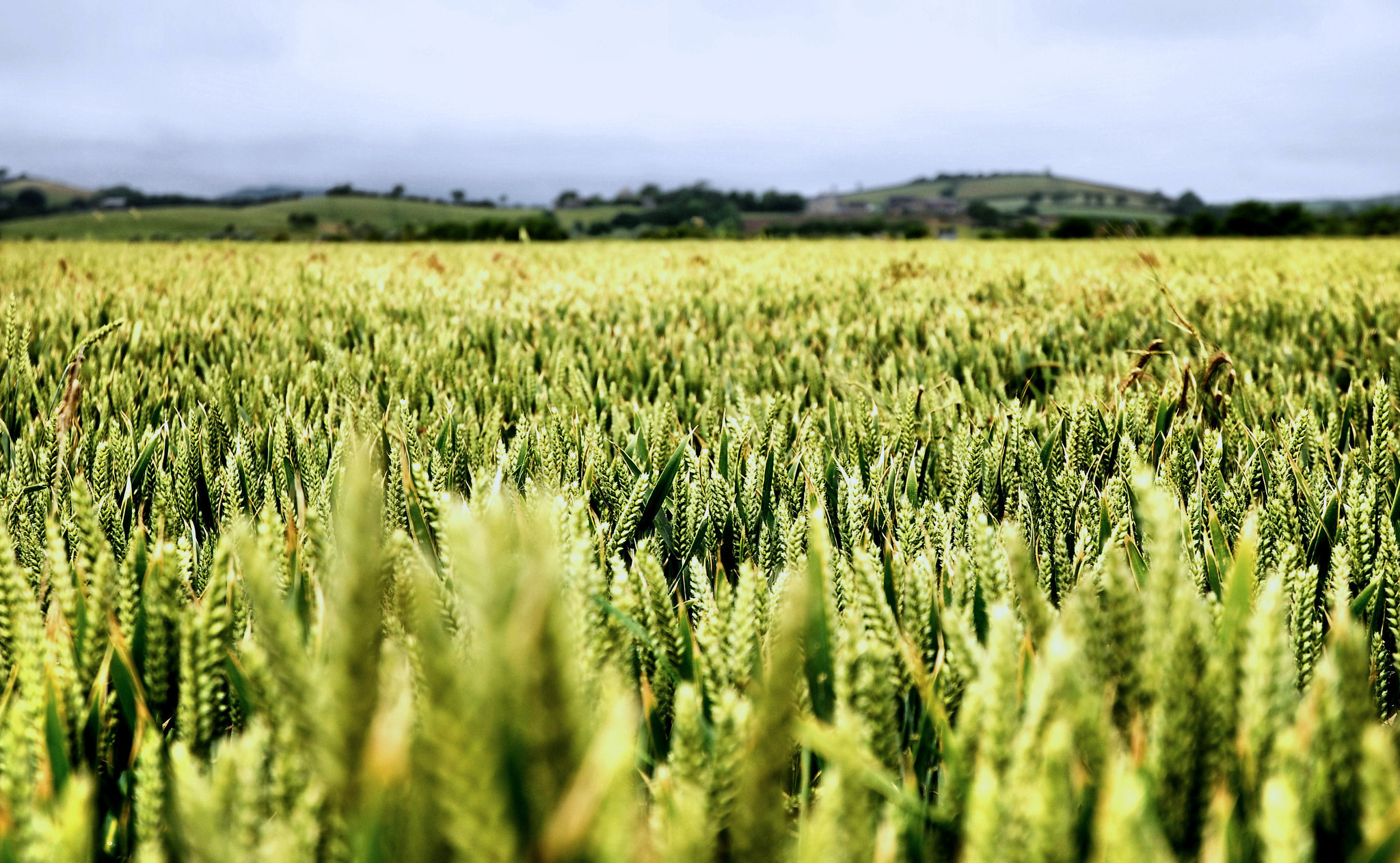
Tiago Sanona
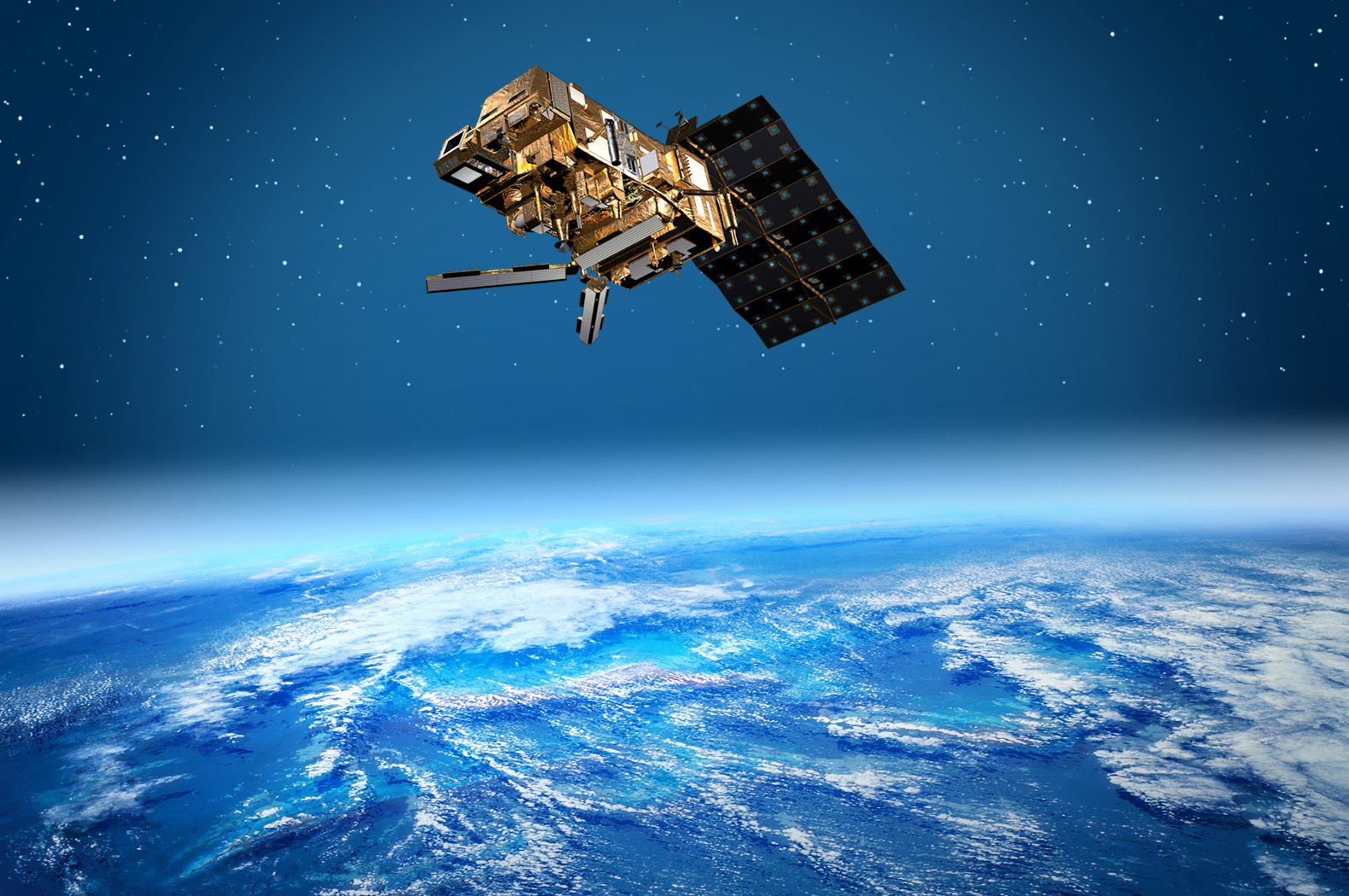
Emilius Richter

Tiago Sanona

Fabian Dechent
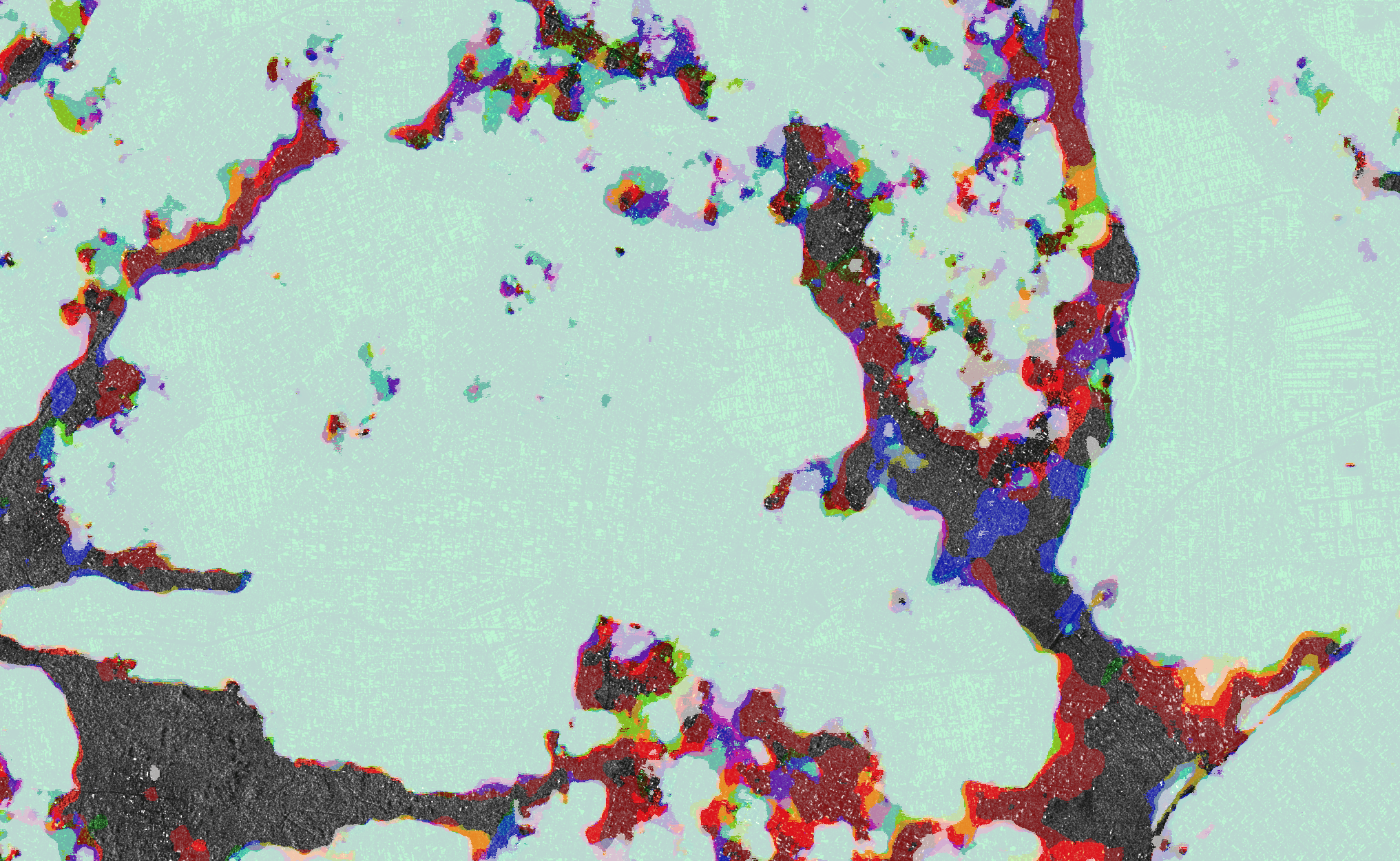
Johan Dettmar
.jpg)
William Clemens (PhD)

William Clemens (PhD)

Nelson Martins (PhD)
Using various satellite images, a suite of computer vision models and mathematical modeling is applied to detect, segment and analyze tailings with respect to their volume and mineralogical content.

We predict crop types from satellite data to support modern agriculture.

An image segmentation algorithm that supports sustainable city planning.
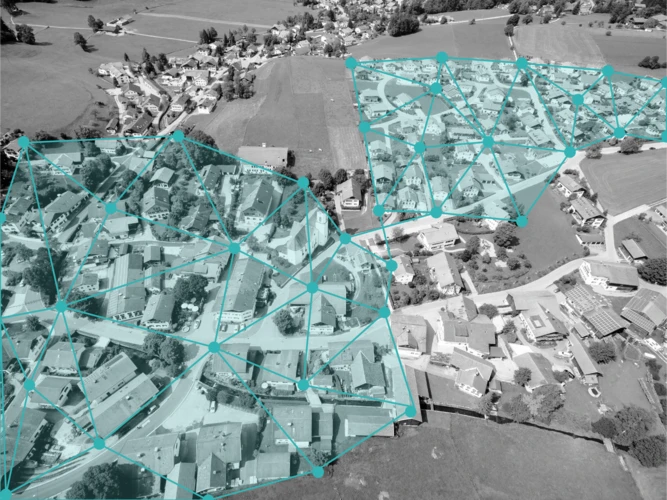
See how we developed a machine learning software to stop environmental destruction through illegal mines, based on satellite data and object detection.
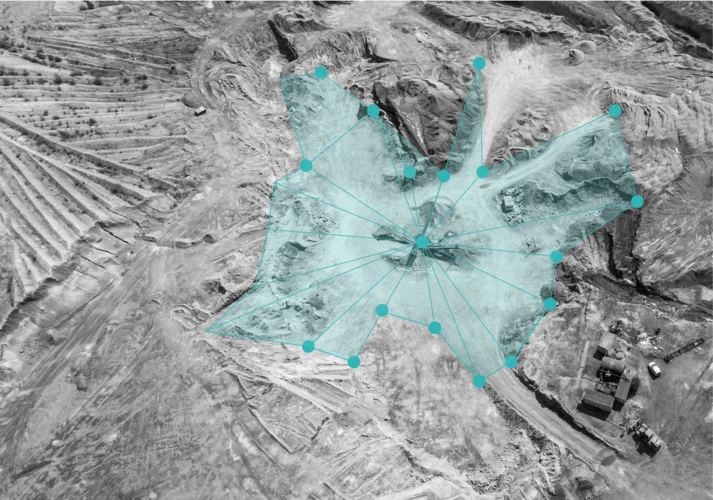
We automated the detection of certain cloud structures for Deutscher Wetterdienst (DWD).

Creative solutions enabled us to automate the process of planning solar systems.

.png)
Jan Macdonald (PhD)
May 31st, 2024
.png)
William Clemens (PhD)
February 26th, 2020
.png)
Moritz Besser and Jona Welsch
December 6th, 2021